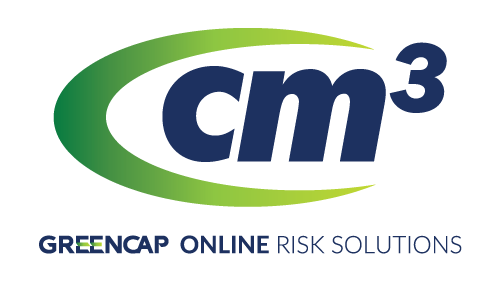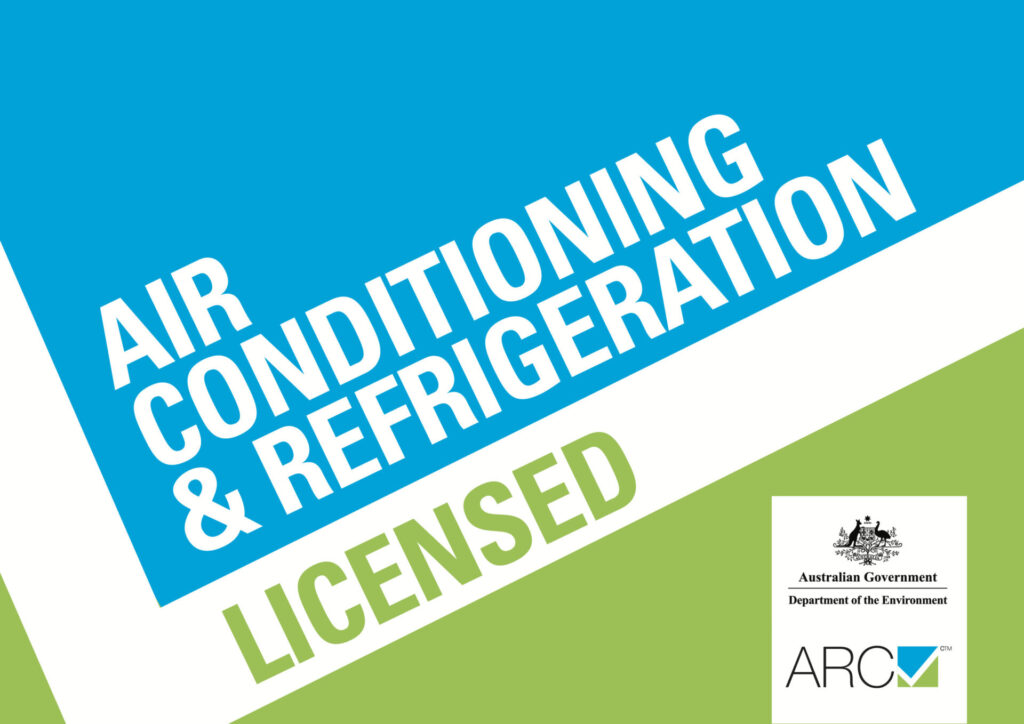Building maintenance covers all activities or work performed on commercial properties and is different from property maintenance which refers to residential properties. Building maintenance services include all areas of a commercial building accomplished by building management companies staffed by building management professionals. Their tasks include electrical systems, plumbing, heating, and air conditioning systems, landscaping, and, if applicable, telecommunications and elevators/escalators.
The Building Maintenance Mission
Building maintenance professionals ensure properties provide a safe, functional, and comfortable work environment for tenants and guarantee owners maintain a high property value in their investment with daily and preventative maintenance work. Australian Law sets out rules and regulations to ensure all buildings meet specific safety standards, but well-maintained buildings should exceed these standards.
Property owners and managers oversee the building maintenance services and manage contracted service providers and internal maintenance professionals—the day-to-day activities of building inspection, repair, and equipment replacement within the property. From lighting in parking lots to electrical outlets in offices and repairing the toilet, these services are provided day and night, usually behind the scenes of the tenant’s activities.
Building Maintenance Roles
Because maintenance requires varied skills and certifications for the multitude of necessary work, different roles require various skills based on the services required. These include:
- Maintenance Technicians: Responsible for the upkeep and repairs of building systems such as HVAC, electrical, and plumbing.
- Cleaners: Common daily tasks include cleaning services such as mopping the floors, maintaining plantings and natural displays, emptying the trash, cleaning the bathrooms.
- Gardeners: Oversee and perform the work outside the building, including litter and garbage removal, cutting the grass, and maintaining the landscaping.
- Supervisors: Delegate work to individual roles and maintain the work orders to complete building maintenance functions.
Building Maintenance Categories
Typical day-to-day maintenance includes minor repairs, inspections, and corrections. The main goal of day-to-day maintenance is to follow a detailed maintenance schedule in each area. Routine maintenance is also preventative, repairing potential concerns as they are found during routine before they cause a malfunction.
Typical building maintenance includes:
- Preventive maintenance is structured to provide services that anticipate potential damage and or breakdown of equipment and infrastructure. They can include shampooing carpets and waxing floors to replacing belts in HVAC systems, and more. Following manufacturer guidelines and work schedules, this preventative maintenance process assures that potential concerns do not occur. Additionally, following weather forecasts ensure measures to prevent and or expediently eliminate any impact from snow, rain, heatwaves, and cold spells.
- Corrective maintenance covers works required to address the failure and or breakdown of parts and or systems. It is impossible to prevent all damage or breakdowns. However, to ensure a properly maintained building, good maintenance supervisors and property managers anticipate concerns and organise work crews and spare parts to be on hand for a large number of typical situations.
How to Manage the Building Maintenance Process
Most prominent property management companies utilise a proactive maintenance strategy based on their budget and include a Computerized Maintenance Management System (CMMS). These systems are software solutions that automate the management of maintenance operations. These systems retain records for parts, vendors, inventory, all types of maintenance work performed, purchase orders, and reports. Some perform scheduling functions for preventive maintenance.
Incorporating this two-pronged approach to building management ensures cost controls for maintenance as expensive emergency repairs are mitigated and ensure the highest levels of building safety for workers and tenants.
Certifications for Building Maintenance Workers
The varied skills required in building maintenance are as diverse as the types of work needed. Here are some of the certifications required by skill type:
- Electrician Certifications require a 4-year apprenticeship, obtaining a Certificate III Electrotechnology Electrician, and specific licensing assessments.
- HVAC Certification is similar to the Electrician Certification. It allows you to install, maintain or service air conditioning or refrigeration systems, including electrical work.
- Building Systems Maintenance Certification covers plumbing, HVAC, water systems, and energy management.
- Building Operator Certification is a 2-level training program for building maintenance supervisors and managers.
- Certified Maintenance and Reliability Technician Certification is an entry-level certification covering essential maintenance functions.
Industries That Practice Building Maintenance
Facilities that rely on building maintenance include:
- Multi-Family Residential Facilities: Apartments, condominiums, and multi-housing units.
- Commercial Buildings: Privately owned buildings, offices, restaurants, stores, shopping centres, schools.
- Government Facilities: Government-owned and or operated buildings such as post offices, libraries, military installations, police, fire, and city buildings
Building maintenance is easier when you rely on one group of professionals to cover all your needs. Depending on the right team can be the defining factor in the success of commercial investment properties. Contact Glenco and learn how they can provide you with the best building maintenance services.








